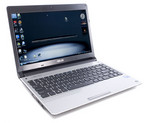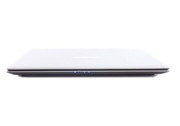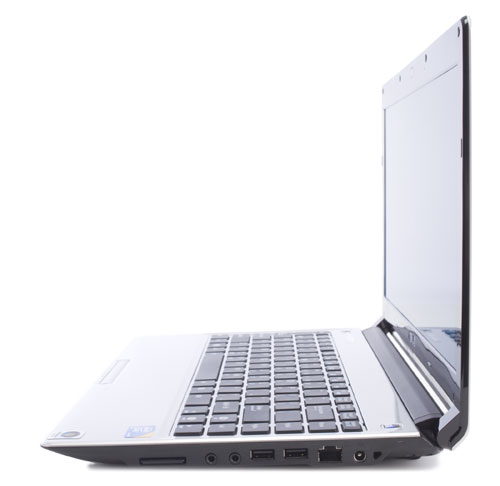Asus UL30A-A2
Specifications

Price comparison
Average of 2 scores (from 3 reviews)
Reviews for the Asus UL30A-A2
Source: IT Reviews
 Archive.org version
Archive.org versionThe Asus UL30A is a serviceable notebook which, while it lacks an optical drive, has much of what else is needed for efficient everyday use. It is light and portable too. If you like the look of it but not the mobile broadband deal, you can always buy it stand-alone.
Single Review, online available, Very Short, Date: 08/03/2010
Rating: mobility: 80%
Source: Comp Reviews
 Archive.org version
Archive.org versionThe ASUS UL30A is a decently priced alternative for those looking at a highly portable system with long battery life but without sacrificing too much performance and features. At $700 to $800, the system is much more expensive than a netbook but it is well worth the price for those looking to travel frequently with a laptop and still want it portable. It isn't as unique as when it was first released but the design is attractive and is very pleasant to use for extended periods.
Single Review, online available, Short, Date: 03/15/2010
Rating: Total score: 80%
Foreign Reviews
Source: e-media - 10/10

Comparison, , Long, Date: 05/01/2010
Rating: Total score: 80% price: 100% display: 80% mobility: 100%
Comment
Intel Graphics Media Accelerator (GMA) 4500MHD: Onboard (shared Memory) GPU built in the GM45, GE45 and GS45 chipset (Montevina). Because of two more shaders and a higher core clock, much faster than the old GMA X3100. Still not advisable for gamers (DirectX 10 games not playable or only with very low settings). The integrated video processor is able to help decode HD videos (AVC/VC-2/MPEG2) , e.g., for a fluent Blu-Ray playback with slow CPUs.
Only some 3D games with very low demands are playable with these cards.
» Further information can be found in our Comparison of Mobile Graphics Cards and the corresponding Benchmark List.
Intel Core 2 Duo: This is the Core Duo and Core Solo successor with a longer pipeline and 5-20% more speed without more power consumption. As an addition to the Core Duo design there exists a fourth decoder, an amplified SSE-unit and an additional arithmetical logical unit (ALU).
The Core 2 Duo for laptops is identical to the desktop Core 2 Duo processors but the notebook-processors work with lower voltages (0.95 to 1188 Volt) and a lower Frontside bus clock (1066 vs 667 MHz). The performance of equally clocked notebooks is 20-25% lower than Desktop PCs because of the lower Frontside bus clock and the slower hard disks.
SU7300: Slow clocked dual core processor with a low TDP of 10 Watt.» Further information can be found in our Comparison of Mobile Processsors.








